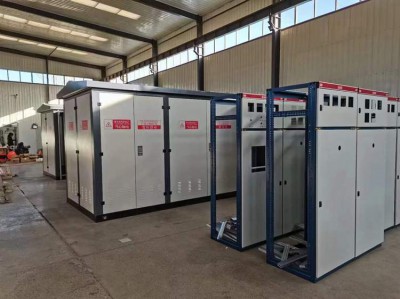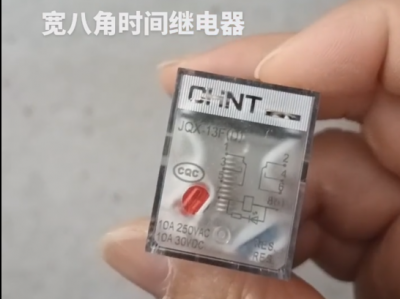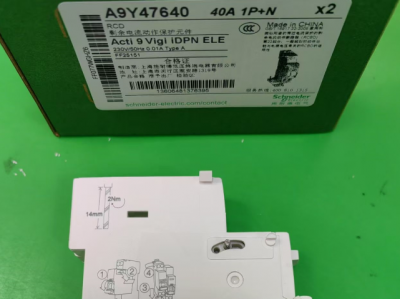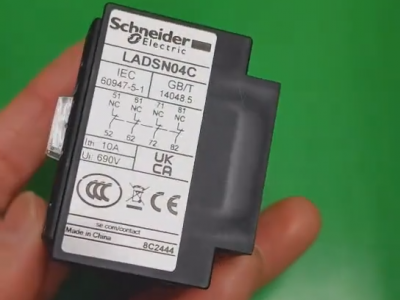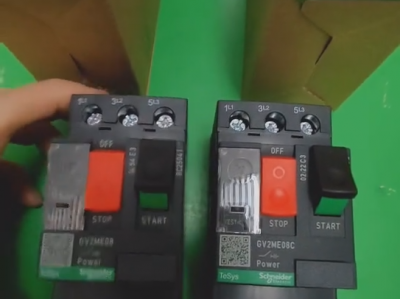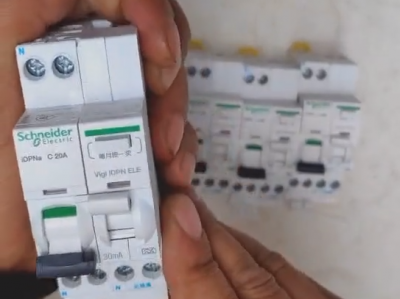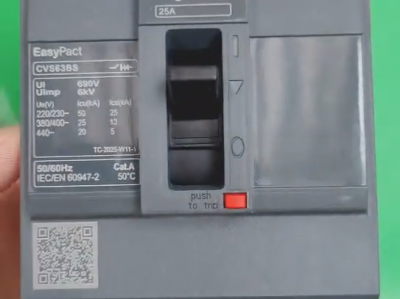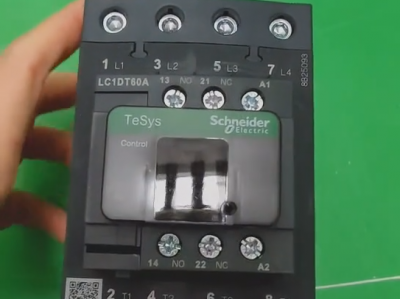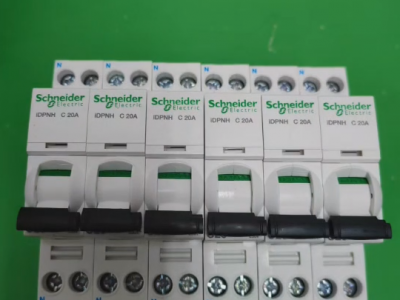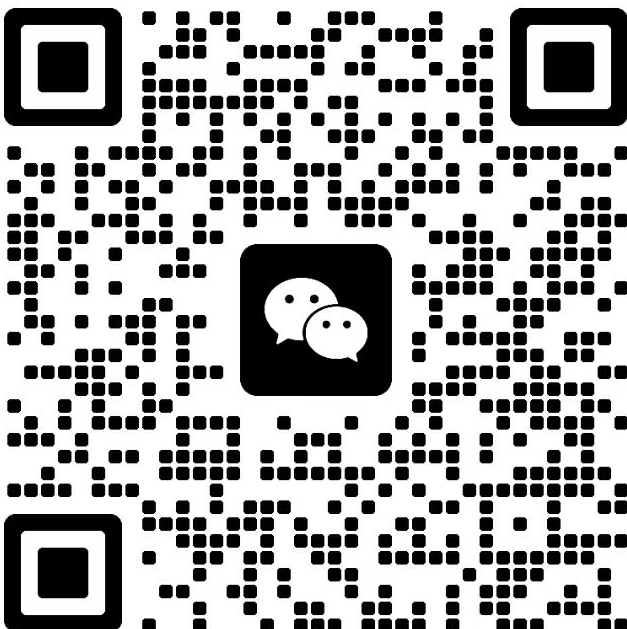Schneider frequency converter ATV12H018M2
Product description
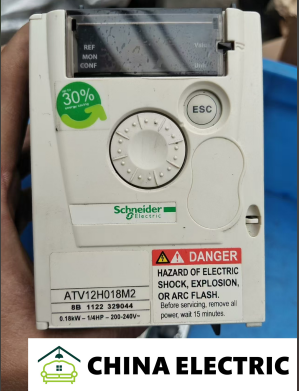 The **ATV12H018M2** of Schneider Electric is a compact frequency converter with single-phase input, belonging to the **ATV12 series**. It is mainly used to control three-phase asynchronous motors with a power of 0.18kW (0.25HP), and is suitable for industrial automation and civil equipment. The following is its core information:
The **ATV12H018M2** of Schneider Electric is a compact frequency converter with single-phase input, belonging to the **ATV12 series**. It is mainly used to control three-phase asynchronous motors with a power of 0.18kW (0.25HP), and is suitable for industrial automation and civil equipment. The following is its core information:
I. Technical Specifications
1. **Electrical Parameters*Siemens converter 6SE6440-2UD42-0GA1*
- **Input Voltage**: Single-phase 200-240V AC (±15%~+10%), frequency 50/60Hz.
- **Output Capacity**: Suitable for 0.18kW motor, rated current 1.4A, output frequency range 0.5~400Hz, supporting three-phase 200-240V output.
- **Control Mode**: V/F closed loop, sensorless flux vector control, integrated Modbus RTU communication interface (RJ45 and RS485), supporting quick parameter configuration.
- **Protection Level**: IP20 (without cover), adaptable to the ambient temperature from -10℃ to +50℃ (a derating of 2.2% per ℃ is required at +60℃).
2. **Design Features**
- Built-in C1 level EMC filter, meeting the electromagnetic compatibility requirements without additional installation.
- Compact structure (dimensions 143×72×102.2mm, weight 0.7kg), supporting rail installation (accessory VW3A9804 is required).
- Full-coated circuit board design, adaptable to harsh environments such as high dust and humidity.
II. Application Scenarios
- **Industrial Field**: Textile machinery, printing and packaging equipment, logistics conveying lines, small fans and pumps (such as centrifugal water pumps).
- **Civil Equipment**: Washing machines, ventilation systems of commercial buildings and other simple mechanical controls.
- **Typical Loads**: Compressors, conveyors, positive displacement pumps, mixers, etc., supporting constant torque applications.
III. Supply and Purchase in the US Market
1. **In-stock Channels**
- **hebei china Electric*: There are 10 pieces in stock, unit price $wa: 86-13811255435, and shipment is supported within 3-4 working days.
2. **Certification and Compliance**
- Certified by CSA, UL, and CE, compliant with RoHS and REACH standards.
- Attention should be paid to the warning of Proposition 65 in California, USA, which may involve chemical substance risks.
IV. Technical Support and Documents
- **Official Resources**: The official website of Schneider Electric provides CAD drawings (such as ATV12H018M2_2D) and operation manual for download.
- **Installation Guide**: The VW3A9804 accessory is required for rail installation, supporting plug-and-play configuration.
- **Troubleshooting**: Built-in thermal detection, overcurrent protection, and support for motor current spike monitoring.
V. Precautions
- **Harmonic Suppression**: It is recommended to use it with a reactor to reduce the harmonic interference of the power grid and protect the frequency converter.
- **Environmental Requirements**: Avoid using it in environments with high humidity, high altitude (>1000 meters) or vibration.
The control mode of the ATV12H018M2 frequency converter is flexible and diverse, suitable for different load requirements. The following are its core control modes and features:
I. Basic Control Modes
1. **V/F Control (Voltage/Frequency Ratio Control)**
- **Features**: The most basic control mode, realizing the speed regulation of the motor by fixing the ratio of voltage to frequency (such as U/f = constant).
- **Application Scenarios**: Suitable for quadratic torque loads such as fans and pumps, and scenarios where precise speed control is not required.
- **Advantages**: Simple control, high stability, and the starting performance can be optimized through parameter adjustment.
2. **Sensorless Flux Vector Control (SVC)**
- **Features**: Based on the mathematical model of the motor, achieving more precise control by calculating the excitation component and torque component of the stator current.
- **Application Scenarios**: Suitable for constant torque loads (such as conveyors, mixers), requiring a higher starting torque (up to 150% of the rated torque at 0.5Hz).
- **Advantages**: Good low-speed torque characteristics, fast dynamic response, and supporting closed-loop speed control (external encoder is required).
II. Starting and Stopping Modes
1. **Starting Modes**
- **Linear Ramp**: Smooth acceleration to the set frequency, suitable for most loads.
- **S Curve Ramp**: Adopting non-linear acceleration/deceleration during starting and stopping to reduce mechanical shock (such as elevators, cranes).
- **Quick Start**: Supporting emergency start requirements, and it needs to be used with a braking unit.
2. **Stopping Modes**
- **Free Stop**: Cutting off the output, and the motor stops naturally due to the inertia of the load.
- **Deceleration Stop**: Decelerating to stop according to the set ramp, and DC braking can be set (to prevent the motor from coasting).
III. Communication and Remote Control
1. **Built-in Communication Interfaces**
- **Modbus RTU**: Realizing device networking through the RJ45 or RS485 port, supporting the master-slave mode (such as remote control by PLC).
- **CANopen** (Optional Expansion): Used in industrial automation networks to achieve synchronous control of multiple frequency converters.
2. **I/O Control**
- **Digital Input**: Supporting 3 programmable inputs (such as forward and reverse rotation, multi-speed control).
- **Analog Input**: 1 input of 0-10V or 4-20mA, used for speed regulation by an external potentiometer or sensor.
- **Relay Output**: 2 programmable relays, which can be used for fault alarm or status indication.
IV. Advanced Functions
1. **PID Closed-loop Control**
- Realizing the closed-loop regulation of physical quantities such as pressure and flow through the built-in PID controller (external sensor is required).
- Typical Applications: Constant pressure water supply systems, temperature control.
2. **Automatic Energy-saving Mode**
- Automatically optimizing the V/F curve according to the load change to reduce the motor energy consumption (especially suitable for light load operation scenarios).
3. **Motor Protection**
- Overload protection (thermal relay function), overvoltage/undervoltage protection, short-circuit protection, and ground fault protection.
V. Parameter Setting and Debugging
- **Local Operation**: Setting parameters through the LED display and simple keyboard (LOC/REM).
- **Remote Configuration**: Using the SoMove software (a USB to Modbus adapter is required) for advanced parameter adjustment and monitoring.
Application Suggestions
- **Fan/Pump Loads**: It is recommended to use V/F control + automatic energy-saving mode.
- **Constant Torque Loads**: Sensorless flux vector control (SVC) is preferred.
- **Multi-motor Synchronization**: It is recommended to form a network through Modbus or CANopen and cooperate with the master-slave control function.
For more detailed parameter configuration guidance, you can refer to the official manual of Schneider Electric or contact the technical support.

